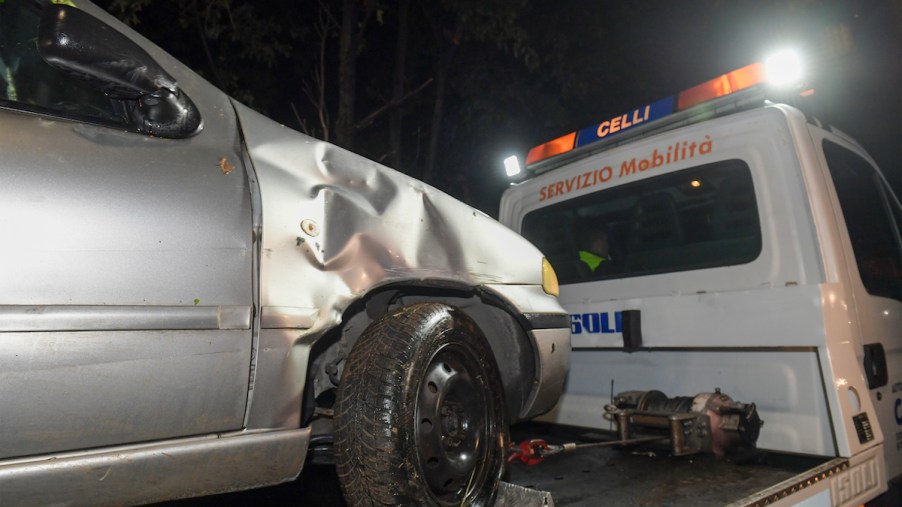
Auto Insurance Terms: Primary Owner Versus Third Party Owner
Discussing auto insurance can be complicated. Just deciphering all the terminology used is beyond many of us. Auto insurers use a combination of legal language and auto industry jargon that can be overwhelming at first glance. In fact, if you examine your documents, you might even see terms like the primary owner and third-party owner, causing you to question whether your coverage is your own even though you’re paying the insurance premiums.
Understanding insurance terminology

When we’re looking for a new insurer, to change our existing coverage, or to save money, peeling back what our insurance documents say is the first step. But it’s usually not that easy for those without a legal background or professional experience working in the insurance industry. Insurers use a lot of jargon to ensure that their documents are ironclad if you, another client, or a third party file a lawsuit against them.
Some insurers go to great lengths to translate their documents for those unfamiliar with the terminology. Others may not. But even among those that try to explain the language, there is just so much to translate. And in some cases, the definitions may vary slightly depending on the website you’re browsing, where you reside, what you drive, and the coverage type you’re seeking.
Regardless of your coverage, it’s good to start with the basics. Among them is the difference between a primary owner and a third-party owner.
Primary owners vs. third-party owners
Within an auto insurance context, a primary owner is a person who owns the car insured and is the policyholder of its auto insurance, as per Access Insurance. If a policy covers a married couple and their teenage children and their respective vehicles, the spouse noted on the policy as the policyholder is the primary owner.
You wouldn’t be wrong in assuming that, in this case, the other spouse and the teenage children are third-party owners of the policy in question. That is, in fact, the case. A third-party owner is a person covered by a policy owner’s insurance who may file claims under certain circumstances and receive protection under the policy terms.
Third-party owners are also commonly referred to as “additional insured.” Adding someone to your insurance policy can be costly, especially if they are a teenager, have or had a spotty driving history, or both. However, it’s usually cheaper overall if you add your minor relative to your policy than if they must front the costs themselves. Further, ensuring they have the right coverage is more inexpensive in the long run than footing the costs of an accident if they’re underinsured.
Why understanding coverage is important
Understanding different insurance terms are vital to understanding your auto insurance coverage and options. Since auto insurance is required to operate a vehicle you own in all 50 states, you should know a bit about what coverage means as either a primary owner of a policy or someone covered as a third-party owner. And as a primary owner, you’ll want to know the different types of coverage available and the minimums that may be required
Two of the most important—albeit often confused—are collision coverage and comprehensive coverage. Collision coverage protects you in case of any damage to your car in case you cause an accident or are in an accident. Comprehensive coverage covers most other types of damage not involving collisions. This policy will safeguard you in case of vehicular damage from theft, fire, weather, and other common occurrences.
Liability coverage covers the property damage and medical bills resulting from a car accident you cause. State laws require you to cover liability insurance with certain minimums to ensure that victims and hospitals are not left holding the bag if you hit somebody.
Typically, car owners will have all three, although the need for and amount of collision and comprehensive coverage will vary based on whether you own the car outright, how much you drive, and how much the car is worth. For example, if you finance a car, you’ll typically be required to carry collision insurance. But once you own an old car outright, you may want to drop it if the likely payout for most damages will be less than the car is worth.
No matter which type of insurance you carry or the insurer you pick, understanding these terms can help you ensure you have the right type of coverage and are saving as much money as possible on your premiums.


